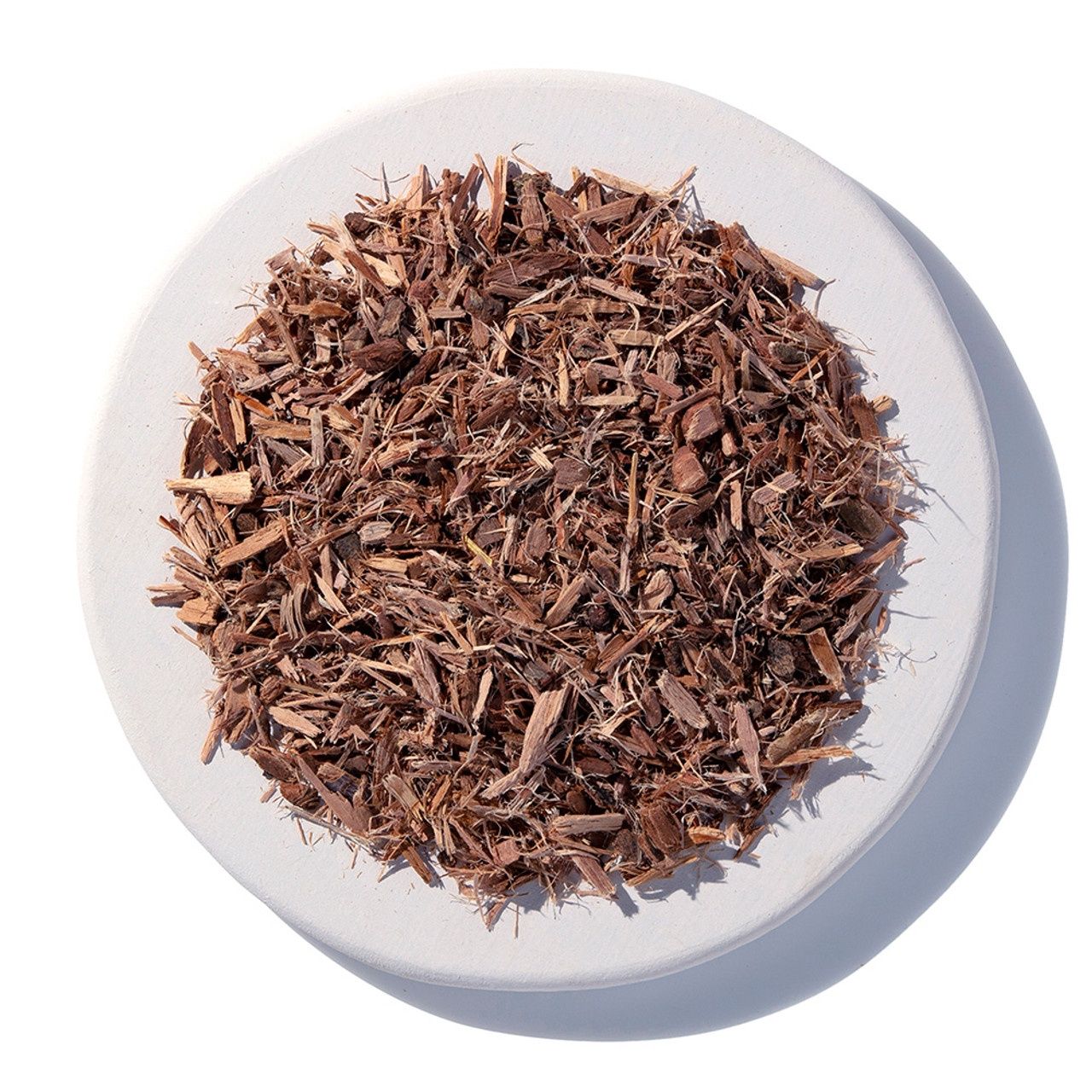WHITE WILLOW BARK CUT & SIFT ORGANIC
Because frequent use of anti-inflammatory drugs, nonsteroidal anti-inflammatory drugs (NSAIDs) and other pain medications is now linked with a growing number of health concerns, many people are interested in using natural painkillers as alternatives. One option, called white willow bark — which has been utilized in folklore and natural medicines for centuries — shows promise for treating pain naturally with little risk for side effects.
According to a 2015 article published in the journal Pythotherspy Research, “Willow bark extract has been used for thousands of years as an anti-inflammatory, antipyretic, and analgesic.”
In other words, white willow bark benefits include lowering inflammatory responses that contribute to chronic diseases, fighting pain and reducing fevers.
Whether in extract or tea form, willow bark can provide relief to those suffering from back pain, recurring headaches, muscle pains, menstrual cramps, arthritis symptoms and more.
WHAT IS WHITE WILLOW BARK
White willow trees (Salix alba) grow a bark that contains the chemical called salicin, which has anti-inflammatory effects.
Salicin works in similar ways as acetylsalicylic acid, the active ingredient in aspirin. In fact, in the 1800s, salicin was used to develop aspirin.
Willow trees are members of the Salicaceae plant family and native to Europe, Central Asia and Northern Africa.

